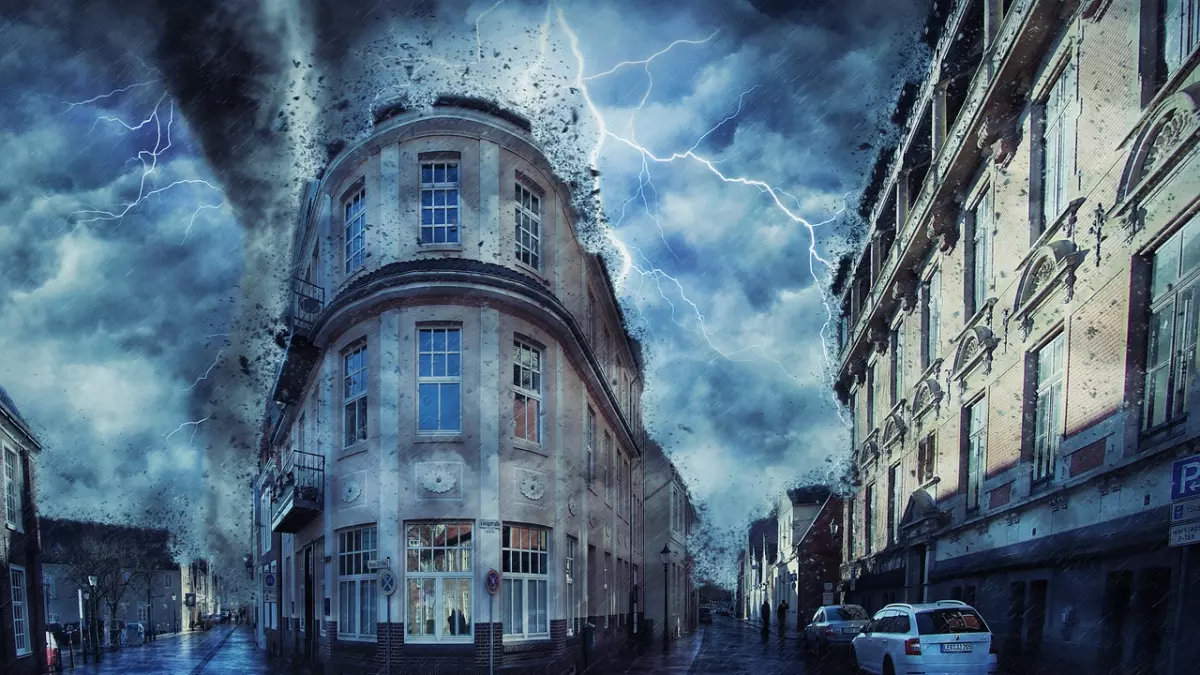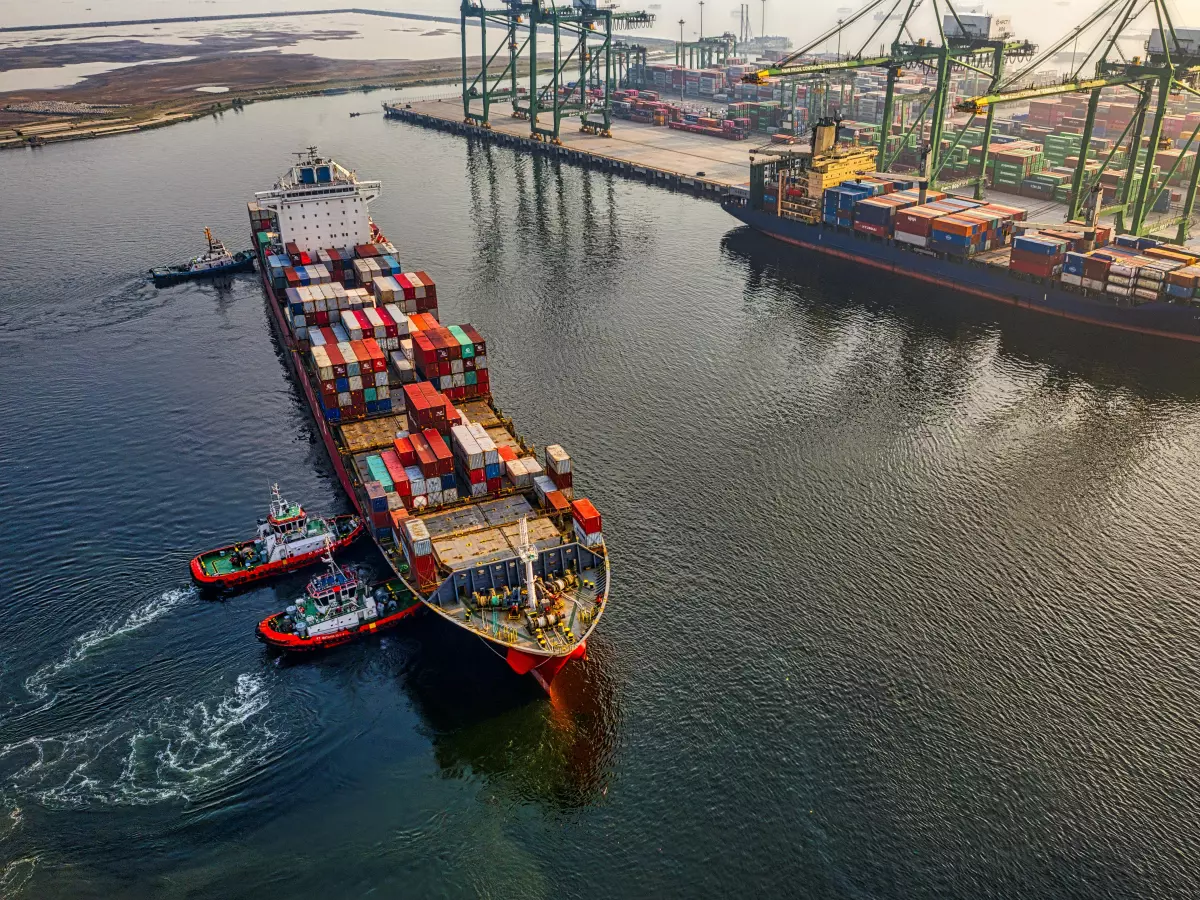AI’s Silent Heroes
Imagine this: a hurricane is brewing off the coast, and the local authorities are scrambling to prepare. But instead of relying on outdated weather models, they have something else in their arsenal—AI algorithms. These silent heroes are already at work, analyzing vast amounts of data, predicting the storm’s path, and even suggesting the best evacuation routes. It sounds like the future, but it’s happening right now.

By Wei-Li Cheng
We often think of AI as something that belongs in the world of robots, self-driving cars, or maybe even your smart home assistant. But what if I told you that AI is quietly transforming one of the most critical areas of human survival—disaster management? While we may not see it, AI algorithms are increasingly playing a pivotal role in predicting, mitigating, and responding to natural disasters. And no, it’s not just about weather forecasts.
Traditionally, disaster management has relied heavily on human expertise, historical data, and sometimes, just plain luck. However, the unpredictability of natural disasters like earthquakes, floods, and wildfires often leaves us scrambling. Enter AI. With its ability to process vast amounts of real-time data, AI is offering a new level of precision and speed in disaster management that was previously unimaginable.
Predicting the Unpredictable
Let’s start with one of the most challenging aspects of disaster management: prediction. While we’ve made strides in forecasting certain types of disasters, like hurricanes, others remain notoriously difficult to predict. Earthquakes, for instance, have long been the bane of seismologists. But AI is changing that.
AI algorithms can analyze seismic data in ways that humans simply can’t. By feeding these algorithms with data from past earthquakes, scientists are training AI to identify patterns that could signal an impending quake. In fact, some AI models have already shown promise in predicting earthquakes with greater accuracy than traditional methods. While we’re not quite at the point of predicting every tremor, the potential is there, and it’s only getting better.
And it’s not just earthquakes. AI is also being used to predict wildfires, floods, and even tsunamis. By analyzing satellite imagery, weather patterns, and other environmental data, AI algorithms can provide early warnings that give communities more time to prepare. In some cases, these algorithms can even suggest the best course of action, such as which areas to evacuate first or where to deploy emergency services.
Real-Time Response
But AI’s role in disaster management doesn’t end with prediction. In fact, some of the most exciting developments are happening in real-time disaster response. Imagine a wildfire spreading across a forest. Emergency responders need to make quick decisions about where to focus their efforts. This is where AI comes in.
Using real-time data from drones, satellites, and even social media, AI algorithms can help responders make more informed decisions. For example, AI can analyze the spread of the fire and suggest the most effective ways to contain it. It can also identify areas where people are most at risk, allowing emergency services to prioritize their efforts.
In some cases, AI is even being used to coordinate entire disaster response efforts. For instance, during the 2018 California wildfires, AI algorithms were used to analyze social media posts to identify areas where people were in need of help. This allowed emergency responders to allocate resources more efficiently and save lives.
Mitigation and Recovery
While prediction and response are critical, AI is also playing a role in disaster mitigation and recovery. After a disaster strikes, one of the biggest challenges is assessing the damage and coordinating recovery efforts. This is another area where AI is making a difference.
For example, AI algorithms can analyze satellite imagery to assess the extent of the damage caused by a hurricane or earthquake. This information can then be used to prioritize recovery efforts, such as where to send aid or which infrastructure needs to be repaired first. In some cases, AI can even predict the long-term impact of a disaster, helping governments and organizations plan for the future.
AI is also being used to improve disaster resilience. By analyzing data from past disasters, AI can help identify vulnerabilities in infrastructure, such as weak bridges or flood-prone areas. This information can then be used to strengthen these areas before the next disaster strikes, potentially saving lives and reducing economic losses.
The Ethical Dilemma
Of course, with great power comes great responsibility. While AI has the potential to revolutionize disaster management, it also raises ethical questions. For example, who is responsible if an AI algorithm makes a mistake? And how do we ensure that AI is being used in a way that benefits everyone, not just those with access to the latest technology?
These are important questions that need to be addressed as AI continues to play a larger role in disaster management. However, one thing is clear: AI is already making a difference, and its potential to save lives is immense.
What’s Next?
So, what’s the next step? As AI continues to evolve, we can expect even more advanced algorithms that can predict disasters with greater accuracy, respond in real-time, and help communities recover faster. But it’s not just about the technology. It’s also about how we use it.
If you’re in a position to influence disaster management policies or work in emergency services, now is the time to start thinking about how AI can be integrated into your operations. And if you’re just a curious reader, keep an eye on this space. AI’s role in disaster management is only going to grow, and who knows? The next time a hurricane is headed your way, it might just be an AI algorithm that saves the day.





